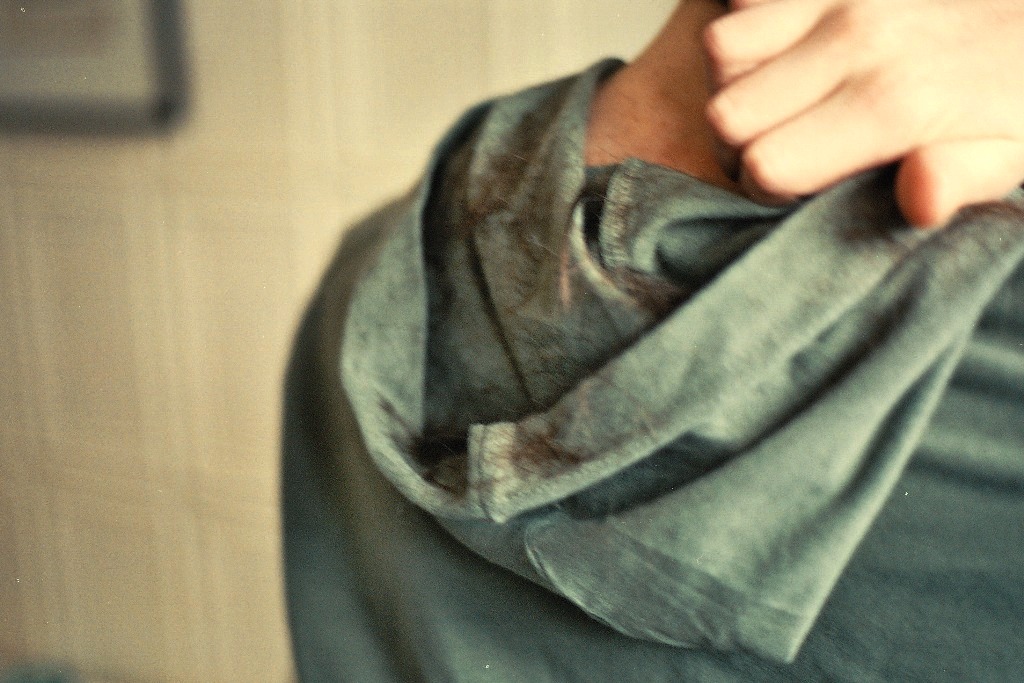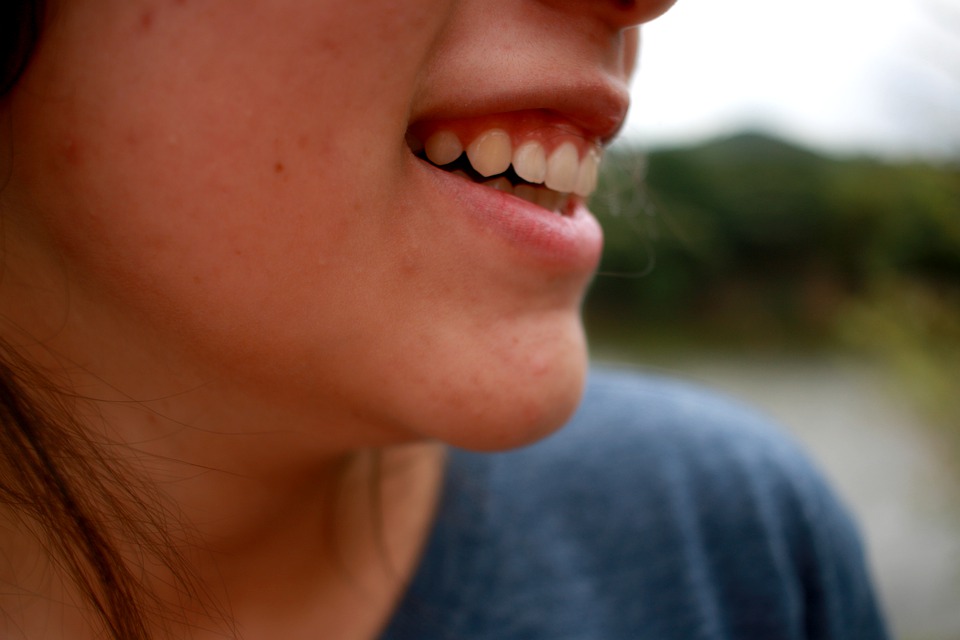
The Hives and Hive-Nots: How to Identify Those Splotchy Red Outbreaks
Suffering from itchy outbreaks on your skin, but not sure if it could be hives? This guide will help you find out.
When your skin suddenly becomes itchy, red, and inflamed, the temptation to rush to your medicine cabinet and attempt to soothe the condition with antihistamines may be strong. But while it’s hard to resist the urge to seek treatment as quickly as you can, antihistamines are specifically meant to treat hives — if you’re not 100% certain what’s causing that itchiness, opting for this treatment could bring zero relief, or even have unpleasant side effects.
In fact, there are a number of skin disorders that are commonly mistaken for hives, and taking the time to properly diagnose your condition could save you time and money, as well as improve your health. Here’s what you can do to determine whether your skin condition really is an outbreak of hives, and how you can seek treatment once it’s been properly identified as such.
How Do I Identify Hives?
If your outbreak is made up of persistent, itchy red spots that are sensitive to heat, it’s most likely hives. Hives are broken down into two subcategories, called ordinary and physical. Ordinary hives appear for no apparent reason and disappear after a few hours, only to reappear on another part of the body — when this cycle persists for more than six weeks, the hives are said to be “chronic.” Physical hives, by contrast, are caused by direct stimulation of the skin, such as exposure to cold or heat, and will normally clear up on their own.
Hives can be triggered by viral infections, food allergies, medications, and insect stings, and each of these sources may trigger hives that differ in appearance. But one consistent thing about hives is that they tend to spread — if the rash remains confined to one area, it’s probably not hives.
How Can I Be Sure It’s Not Another Disorder?
A wide range of skin disorders produce rashes similar to hives, including heat rash, contact dermatitis, and eczema. Eczema is a chronic condition that usually also entails dry and scaly skin, while heat rash is often accompanied by a prickly sensation and can be quickly relieved by cooling the afflicted area. Contact dermatitis sometimes produces hives, and can often be at least partially relieved through the use of antihistamines. If the welts are filled with a material other than fluid, and persist for more than 24 hours, a biopsy may be necessary to better diagnose your condition.
How Should I Treat Hives?
Once a diagnosis of hives has been confirmed, the most effective form of treatment is a course of antihistamines, which can be purchased over the counter and ingested orally. Antihistamines are effective because they reverse the effects of histamine, the substance leaked by the mast cells that trigger hives. Be warned, though: antihistamines are known to cause drowsiness, so it’s best to avoid driving your car or operating any other heavy machinery after taking them. If your skin affliction persists, it’s always wise to give the over-the-counter treatments and self-diagnoses a rest and contact a licensed dermatologist. Find a course of treatment that works for you, and put those nasty symptoms to rest.









No Comments
Sorry, the comment form is closed at this time.